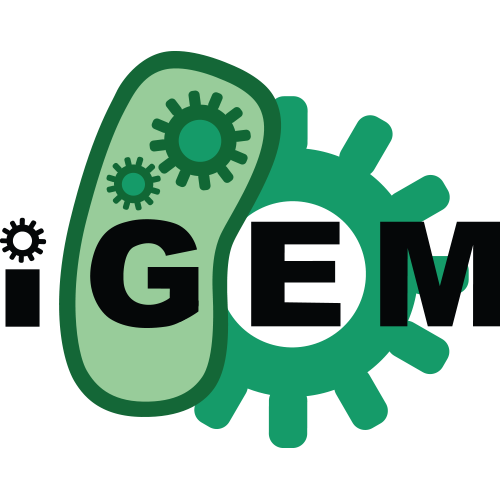Source:
Generated By: https://synbiohub.org/public/igem/igem2sbol/1
Created by: Johan Nordholm, Andreas Constantinou, Nina Schiller
Date created: 2010-10-24 11:00:00
Date modified: 2015-05-08 01:12:17
Tp10 cell-penetrating peptide
| Types | DnaRegion |
| Roles | CDS Coding |
| Sequences | BBa_K380004_sequence (Version 1) |
Description
Transportan 10 (Tp10) is a cell-penetrating that may be used in N-terminal fusions with full-length proteins to create transduction proteins with the ability to permeate the lipid bilayer of various cell types, making it a potential gene or protein delivery vector.Chemically synthesized Tp10 peptides conjugated to different cargo, including pDNA and protein, have been shown to efficiently penetrate the lipid bilayer of both human and mouse cells (Kilk et al., 2005). Membrane permeation is both energy and temperature independent (Hällbrink et al., 2001). The exact mechanism for penetration is still unclear (Yandek et al., 2007).
